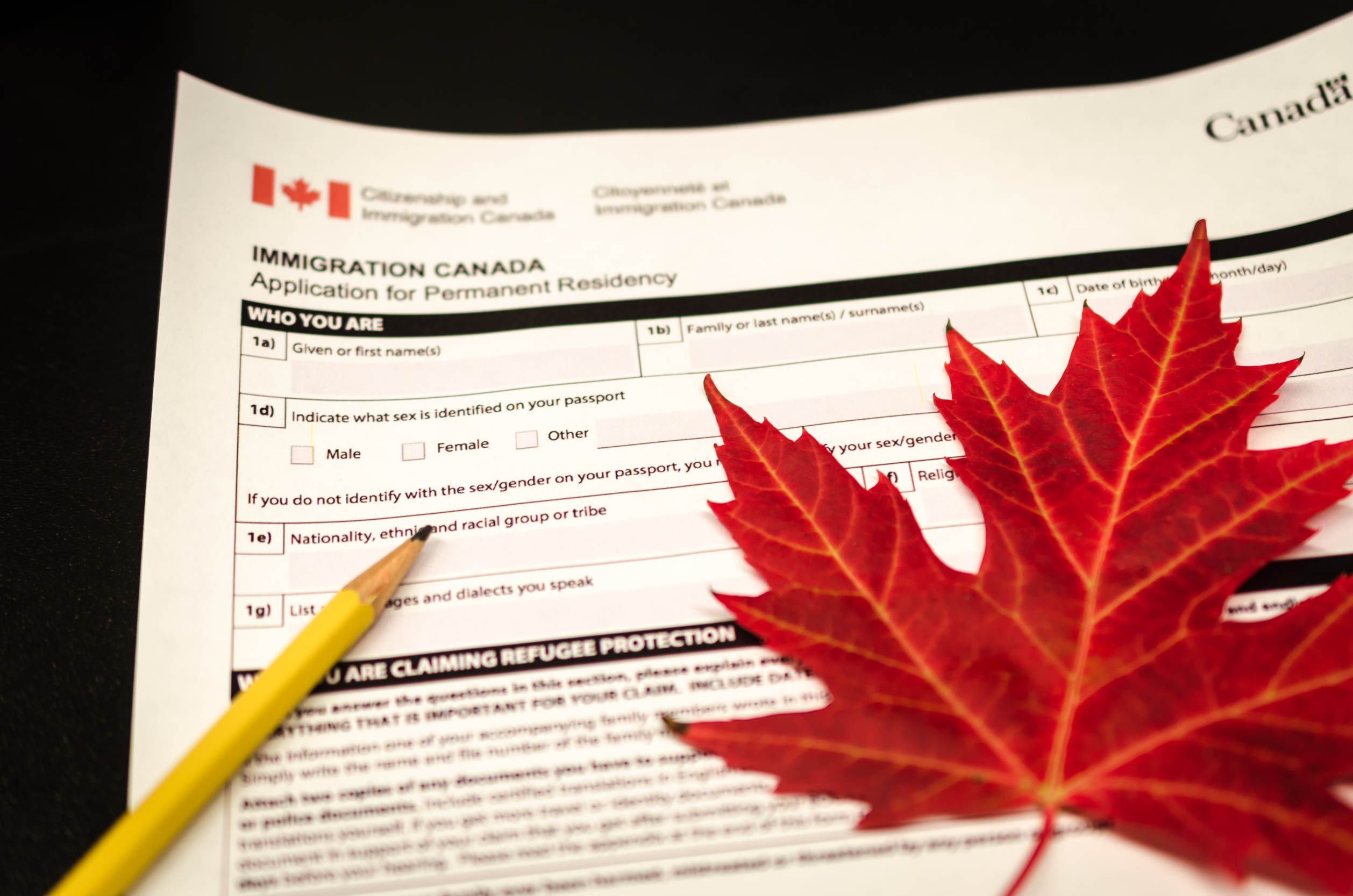
Canada has strategically recalibrated its temporary residency program in a significant shift from its historically open-arms policy. As announced by Immigration Minister Marc Miller, the country aims to implement a series of caps on temporary residents, including international students, workers, and asylum seekers.
This policy heralded as a measure to ensure sustainable growth and integration capacity, is set against the backdrop of an evolving global landscape and Canada's demographic challenges.
A New Chapter in Immigration: Strategic Planning for Sustainability
Canada's decision to limit the intake of temporary residents is not taken lightly. With a temporary resident population that has swelled to 2.5 million, up from almost one million in 2021, the pressure on infrastructure, social services, and the job market has become increasingly apparent. This policy aims to reduce the percentage of temporary residents from 6.2% of the population to a more manageable 5%, ensuring that growth is both sustainable and beneficial to the country's long-term objectives.
The Heart of the Matter: Ensuring a Sustainable Future
At the core of Canada's new policy is the desire to maintain its reputation as a welcoming destination for immigrants while ensuring its growth does not outpace its capacity to provide a high quality of life for all residents. Minister Miller emphasised the need for a balanced approach: "This is about sustainable growth. We welcome the world's talents with open arms, but we must also ensure that our growth is in harmony with our ability to integrate and support new arrivals."
Exemptions to the Rule: Supporting Critical Sectors
Recognising the vital role of foreign workers in sustaining critical sectors of its economy, Canada has made strategic exemptions to the new cap policy. In particular, workers in the construction and healthcare sectors will not be subject to the new restrictions until at least August 31. This decision underscores the government's commitment to addressing labour shortages in areas critical to the nation's health and infrastructure.
Navigating the Complexities of Labor and Advocacy
The announcement has prompted a mixed reaction, reflecting the complexities of balancing economic needs with the rights and welfare of migrant workers. Advocacy groups have raised concerns about potential exploitation, calling for stronger protections for vulnerable workers. Meanwhile, business leaders in specific sectors have voiced apprehensions about the impact of reduced temporary labour on the economy.
A Closer Look at the Numbers: Demographic Insights
Statistics Canada's data reveals that Canada's temporary resident population is diverse, with work permits, student visas, and asylum claims making up the bulk of entries. This diversity is a cornerstone of Canada's multicultural identity but also challenges integration and support services.

Ensuring a Balanced Approach: The Road Ahead
As Canada embarks on this new chapter, the focus is on achieving a balance between welcoming new talents and ensuring the sustainability of its growth. The policy represents a nuanced approach to immigration, one that seeks to protect the rights of migrants while also safeguarding the country's economic and social health.
Conclusion
Canada's move to implement caps on temporary residents marks a pivotal moment in its immigration policy. Balancing the twin goals of sustainability and inclusivity, this policy reflects a mature approach to managing growth.
As Canada navigates the complexities of global migration, its commitment to a balanced, thoughtful immigration strategy remains clear, ensuring the country remains a beacon of hope and opportunity on the world stage.
FAQS
What prompted Canada to limit the number of temporary residents?
Canada aims to ensure sustainability and balance demographic growth with its economic and social infrastructure's capacity, promoting a sustainable future.
Who will be affected by Canada's new policy on temporary residency?
Workers, students, and visitors will be affected, with exemptions for critical sectors to support Canada's economic health and social services.
How will the limitation on temporary residents support critical sectors in Canada?
Exemptions for critical sectors ensure they can recruit essential workers, supporting pivotal industries like healthcare and agriculture.
What are the expected outcomes of Canada's strategic adjustment in temporary residency intake?
Expected outcomes include sustainable population growth, less pressure on services, a dynamic labour market, and a better quality of life for all residents.
How will Canada navigate the complexities of labour and advocacy concerns in light of these changes?
By engaging with stakeholders and adjusting policies as needed, Canada will balance welcoming temporary residents with maintaining economic and social health.
What measures is Canada taking to ensure a balanced approach in limiting temporary residency?
Canada uses demographic analyses and economic forecasts to prioritise sectors with labour shortages, ensuring competitive and well-being-focused immigration policies.